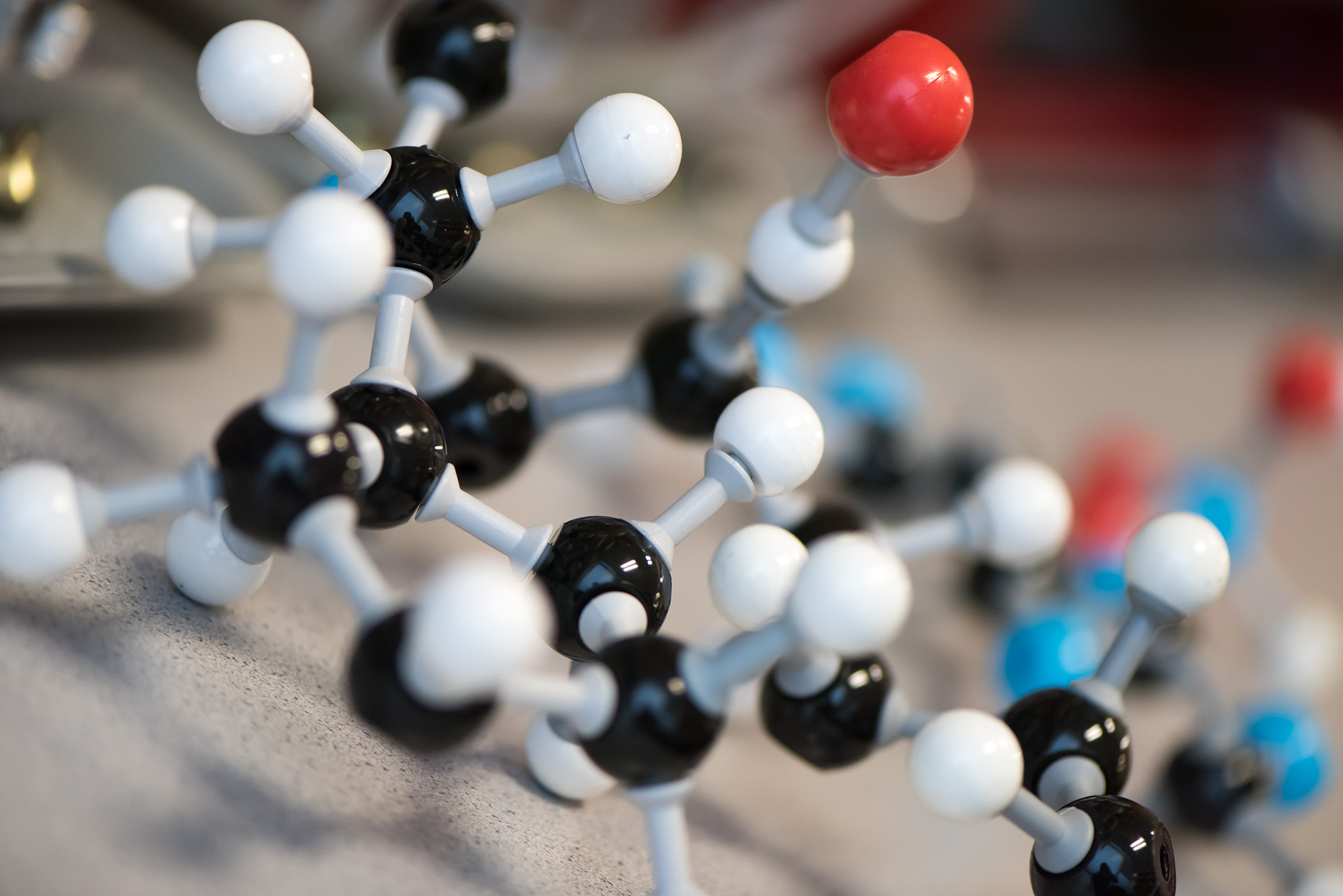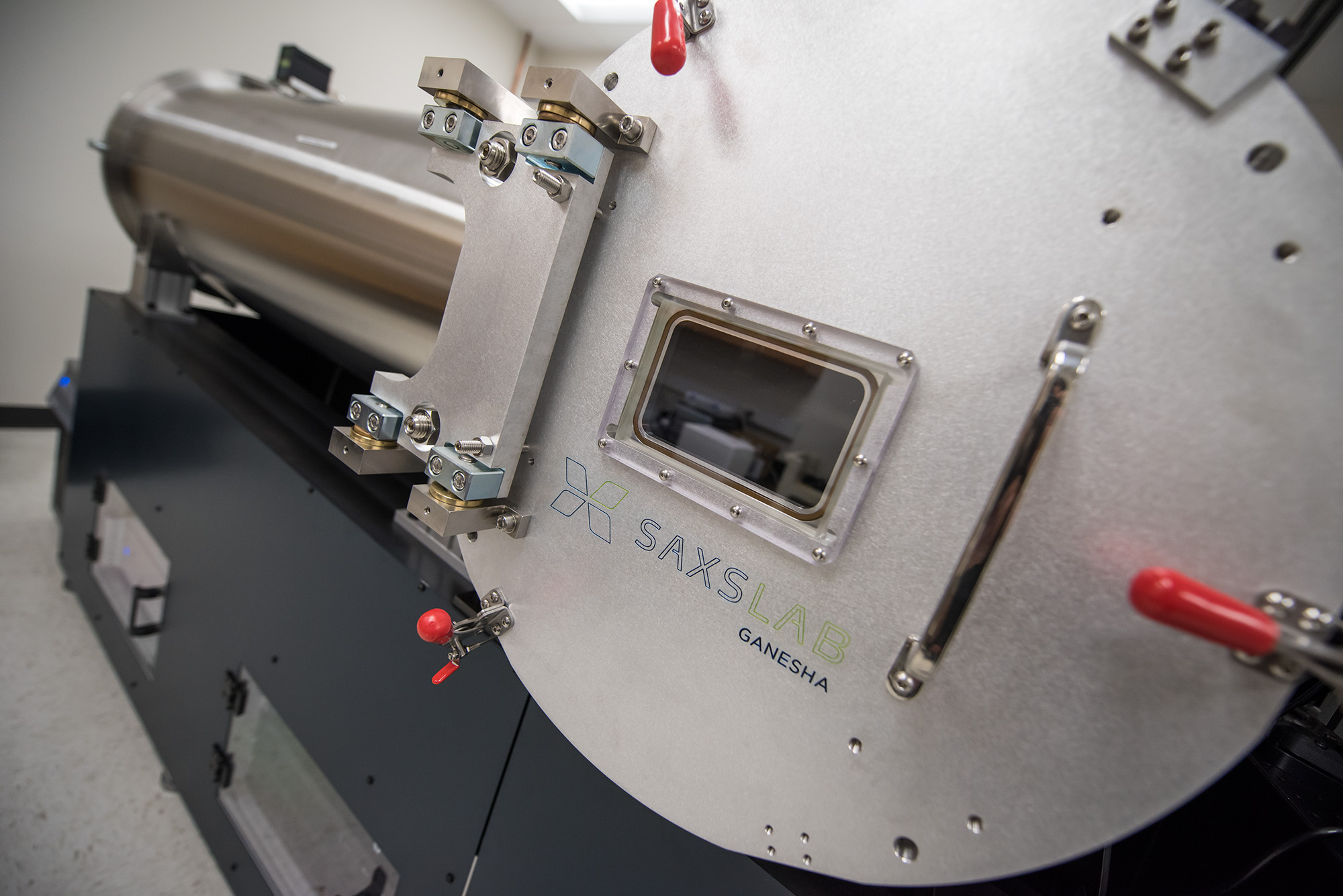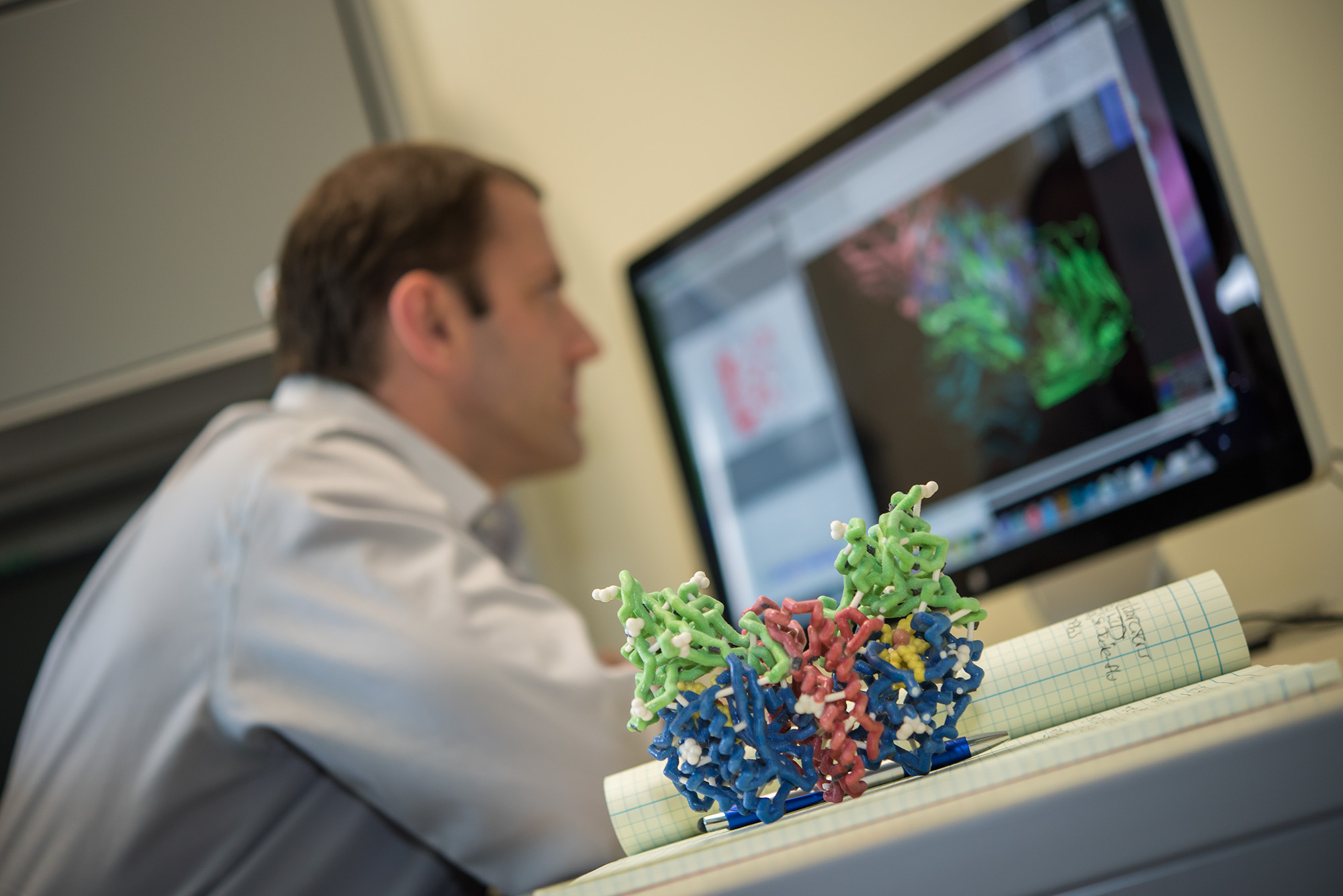News Stories
.png)
Daniel Nelson Named Fellow of the National Academy of Inventors
We are proud to congratulate Dr. Daniel Nelson, IBBR Fellow and Professor in the Department of Veterinarian Medicine at University of Maryland, College Park, on being elected a Fellow of the National Academy of Inventors (NAI). This prestigious honor is one of the highest professional distinctions awarded to academic inventors....
.png)
Xiao Lab Awarded $2M NIH MIRA Award for Groundbreaking Plant Biology Research
The Institute for Bioscience and Biotechnology Research (IBBR) is proud to announce that Dr. Shunyuan Xiao, IBBR Fellow and Professor in the University of Maryland’s Department of Plant Sciences and Landscape Architecture, has received a five-year, $2 million Maximizing Investigators’ Research Award (MIRA, R35) from the National Institutes of Health...
.png)
Manghrani Wins Poster Award at the Annual Oligonucleotide Therapeutics Society Meeting
Akanksha Manghrani, a NIST–IBBR postdoctoral research associate in the Biomolecular Measurement Division of the Materials and Measurements Laboratory, received a poster award at the Annual Oligonucleotide Therapeutics Society (OTS) Meeting held in Budapest, Hungary this October. The OTS annual meeting is the premier global conference for researchers and industry leaders...
About IBBR
IBBR is a joint research enterprise of the University of Maryland, College Park, the University of Maryland, Baltimore, and the National Institute of Standards and Technology.
IBBR leverages state-of-art integrative methods for bioanalytical, biophysical and structural characterization of biomolecules: cryo-electron microscopy, nuclear magnetic resonance, x-ray crystallography, small angle neutron and x-ray scattering and mass spectrometry.
IBBR researchers seek to advance therapeutic development, biomanufacturing, and state-of-the-art measurement technologies, to support accelerated delivery of safe and effective medicines to the public.
IBBR is a major initiative and supported in part by the University of Maryland Strategic Partnership: MPowering the State (MPower) , an initiative designed to achieve innovation and impact through collaboration.
Connecting
IBBR Commons
Sophisticated state-of-the-art instrumentation and facilities, and in-house expertise located in shared space and dedicated to advance research, support collaboration and foster innovation of methods. Instrumentation and facilities include tools for high-resolution structural biology, bioanalytical and biophysical measurement, protein engineering and cell culture, advanced computation including artificial intelligence and deep learning methods, and general laboratory services. These capabilities and advanced training are available to IBBR scientists and collaborators.
IBBR Postdoc Program
The IBBR Postdoc Program (IPP) focuses on collaborative research involving basic science and technology development that advances therapeutic development, vaccine development, and biomanufacturing. IPP Fellow project teams are designed with a combination of the IPP Fellow career goals and priorities of project mentors who can be from academic, government, and/or industrial laboratories throughout the University of Maryland, NIST and the I-270 corridor.
NMRPipe
IBBR is home to NMRPipe, a popular collection of programs and scripts for manipulating multidimensional Nuclear Magnetic Resonance (NMR) data. The use of NMRPipe is noted in roughly 40% of all NMR structures accepted into the Protein Data Bank.

Upcoming Events
Seminar: Ruth Cheng, ATCC (Host: Jon Dinman)
NIST Group Meeting
NIST Group Meeting
Recent Publications
mAbClust with AlphaFold 3 avoids hallucinations to define a quaternary broadly neutralizing HCV epitope.
The hepatitis C virus (HCV) envelope glycoprotein E1E2 heterodimer is the target of broadly neutralizing antibodies (bNAbs). Although prior studies have indicated that E1-dependent bNAbs are...
First-in-Class Potent, Dual HDAC6/Proteasome Inhibitors Lacking a Hydroxamic Acid Motif: Discovery of Novel Anti-Multiple Myeloma Agents.
Motivated by promising clinical trial data for the combination of the histone deacetylase 6 (HDAC6) inhibitor ricolinostat with the proteasome inhibitor bortezomib in relapsed/refractory multiple...
Efficacy of Inhalable Endolysin Cpl-1 Formulations in Combination with Gentamicin or Endolysin Pal in a Murine Lung Infection Model.
PURPOSE
Inhalable liquid formulation of endolysins represents a promising alternative to conventional antibiotics. Dry powder formulations offer improved stability for endolysin pulmonary...
Antigenicity of key hepatitis C virus E1E2 glycoprotein neutralizing sites is genotype independent.
The development of an effective prophylactic hepatitis C virus (HCV) vaccine is a priority to achieve global elimination of the virus. Accurate assessment of the neutralizing breadth of antibodies...
Template-based RNA structure prediction advanced through a blind code competition.
Automatically predicting RNA 3D structure from sequence remains an unsolved challenge in biology and biotechnology. Here, we describe a Kaggle code competition engaging over 1700 teams and 43...


